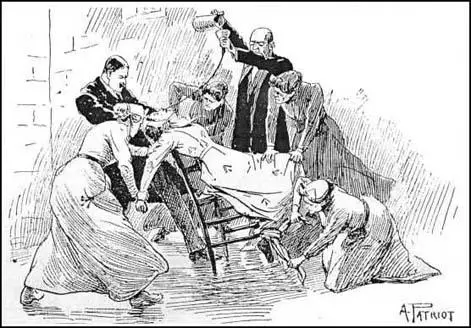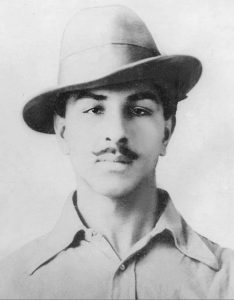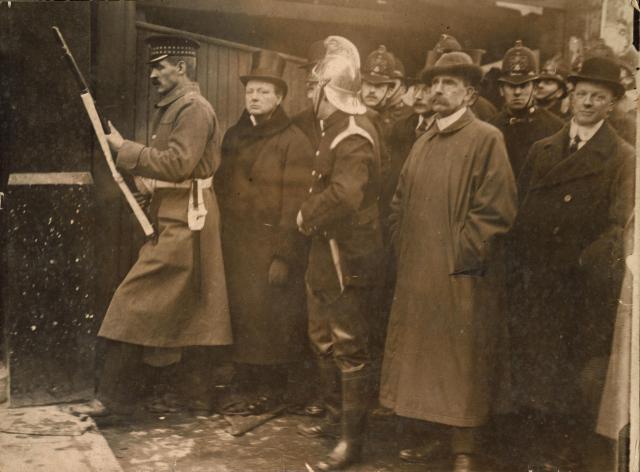Boris Johnson is currently under fire, and rightfully so after it has been revealed that during the
lockdown, while the public was forced to stay indoors isolating from
loved ones, the government-held several illegal parties.
A staggering 13 gatherings
have now been exposed that were held during periods in 2020 when
lockdown restrictions were in place. This includes, in recent days,
revelations that Downing Street hosted a “bring your own booze” event on
20 May, during the first wave of infections.
268 people died of COVID-19 on 20 May 2020, when more than 100
Downing Street staff were invited to “socially distanced drinks” in the
Number 10 garden. At the time, people across the country were banned
from meeting more than one person outside who they didn’t live with.
Just five days after that gathering, our hypocritical Prime Minister used a daily
Coronavirus briefing to say that the police should intervene to stop
outdoor gatherings.
He was asked by a member of the public: “There are large groups
gathering in local parks, ignoring social distancing rules. When many of
us are being so vigilant and staying alert, what can be done to
discourage this disregard for the rules?”
Johnson replied: “Feel free to speak to people yourself if you feel
that they are not obeying the rules… But the police will step in if
necessary and encourage people to obey the law.”
This wasn’t the only gathering held in the Downing Street garden in May 2020.
On 15 May, held a ‘wine and cheese’
rendezvous with small groups gathered on the lawn. 314 people died from
COVID on 15 May 2020. Boris Johnson and his wife Carrie were pictured at this event, which Downing Street has called a “work meeting”.
Johnson has also admitted that he attended the event on 20 May – reportedly “wandering round gladhanding people”, though the Prime Minister claims dumbfoundedly that he did not realise that it was a ‘party’.
These revelations follow a slew of stories, exposing numerous
gatherings held in November and December 2020 , when tiered restrictions
were being re-imposed in reaction to rapidly rising case rates.
These gatherings included a Christmas party attended by around 40
members of Johnson’s team on 18 December, just two days after new
restrictions were introduced in London, banning indoor mixing between
households. Some 514 people died of COVID-19 on 18 December 2020, while
daily cases had reached 35,800, more than double the figure recorded at
the start of the month.
The Prime Minister’s former spokesperson Allegra Stratton resigned
after footage emerged showing her joking on 22 December about “a Downing
Street Christmas party on Friday night” in a mock press conference.
Johnson said that he was “furious” about the footage and apologised
“unreservedly” to the British people, for the fact that Stratton had
seemingly mocked the rules, not because a gathering had taken place.
Several parties were also held by other Government departments during
the festive period – including the Treasury, the Department for
Education, and the Department for Transport.
In sum, 5,664 people died from COVID-19 on the days that these
parties were held. Moreover, 662 people were issued with fines by the
Metropolitan Police for breaching COVID-19 restrictions in London during
the weeks when these gatherings took place in the capital, not
including the parties in May, for which data is unavailable.The Met has so far refused to investigate any of the parties, despite
an overwhelming amount of people saying that a police investigation should take place.
After
Johnson admitted to having attended a lockdown party, held at his own
residence,he knowingly misled Parliament and after a nin apology in Parliament has refused to offer his
resignation, but he has since faced severe backlash, with many calling
for his
resignation. Douglas Ross, the leader of the Scottish Conservative Party, is one of many who said Prime Minister Boris Johnson should resign.
Ross said, "Regrettably,
I have to say his position is no longer tenable," Ross said. "I spoke
to the prime minister this afternoon and I set out my reasons and I
explained to him my position."
Johnson was also reportedly unable to give his assurances that yet more negative media stories about his antics during lockdown might be published. Understandably the anger up and down the country is immense, people are rightfully furious.
Boris
Johnson for a long time has proven to be a liar of the first order, so I
am more than happy that Johnson is having such a shit time, he apologised because people were hurt, not because he breaks the law? We as a nation are being gaslighted. He is an apology for a PM, and a lame excuse of a man, who is simply rotten as are the rest of the Torys who alongside him continue to treat us all with disdain.
There
isn't a single Tory MP who wants Johnson to go because of the horrific
mismanagement of the pandemic or the blatant systematic enduring
corruption which resulted in riches for their cronies and inadeguate
supplies for health workers. Nope it's all about them and whether
they'll lose their seats.
At the same time the UK Government is pushing through some truly terrifying new bills. These new laws trget the right to protest, remove citizenship rights and attack the most basic human rights,
This is part of the never ending shift to the right in Westminster, A reaction to the increased number of people standing up to them from a diverse number of groups such as BLM, XR,Palestine Action and the series of Kill the Bill protests.The
right to protest is not a gift of the government in power, it’s a
fundamental democratic right, This Government is trying to remove that
right, stifle dissent and entrench its own powers, and together with Johnson their simply taking the piss.
On Sept 2020 Priti Patel said she’d call police to report neighbours holding
parties.
Today she’s defending Boris Johnson after he admitted doing just that.
As Home Sec she’s responsible for upholding the rule of law for all. Not
one rule for your mates and another for everyone else.From
the party of law and order, I give you: Unlawful VIP lanes, Illegal lockdown parties, Unlawful Parliament suspension, Unlawful withholding of contract details , Breaking international law.
And that’s just law breaking
Let alone the ministerial code.
Out of control. Alongside endless lies, corruption and incompetence,
this Government is no longer legal.
Anyway if you despaired at the
direction this country took over the last 5 years and were horrified by
the election of the self serving Johnson you can at least afford
yourself some slight optimism at the moment, because he might be toast. it's not
if he goes but when he goes.One day, when the rest of this rotten Tory
house of cards finally comes tumbling down, at least I'll be able to say I
opened my mouth and decried.
As for the opposition, Starmer whipped to
abstain on reducing the welfare cap, meaning he thinks it's ok to
needlesly punish people who are in poverty. Starmer has no principles or
integrity either, he's just another Tory.
At the moment Johnson is still trying to cling on instead of doing the decent thing and offering his resignation.I guess this is the way you run an arcane democracy whose system is no longer fit for purpose in the modern world. A system which has become very vulnerable to the influence of vested interests moneyed elites, and unaccountable individuals. The political system is fundamentally rotten to the core, that does more harm than good.
We have a massively over large and unelected House of Lords, the lack of a
Written Constitution, the disproportionately elected House of Commons
and a country not organised in a properly devolved, federal system. The nonsense of the Honours System and a monarchy that simply has no business in becoming involved in a 21st Century democracy. All these have added to the farcical way in which
our ‘name only’ democracy is organised. which leaves us with a a worn out and broken system! Sadly there is no alternative in the political mainstream which offers the
possibility of changing this system. Simply because it cannot be
changed through "parliamentary democracy", which was developed precisely
to uphold it.
I no longer have any faith in it, do you?
As Jeremy Corbyn once said "..Think
about the world you want to live in. Do you want the dog to eat the
dog, or do you want us all to care for each other, support each other,
and eliminate poverty and injustice? A different world is possible." We all need a brand new system, a fresh start, radical and fundamental change, dismantling the corridors of corruption, and if that means getting rid of capitalism that enables it all, so be it.















